Former firefighter and fire ecologist Tim Ingalsbee positions himself in front of his computer webcam, surrounded by textbooks, Smokey the Bear posters and a large banner with the acronym “FUSEE” printed in bold letters.
He’s getting ready to begin a virtual news conference about logging practices and firefighting strategies, specifically in the context of the West Coast’s recent history of severe and widespread wildfires. The 2020 Oregon wildfire season was one of the most destructive on record in the state, with a catastrophic outcome that killed at least 11 people, destroyed thousands of homes and burned more than 1 million acres of land.
As climate change causes dryer and hotter weather in Cascadia forests, wildfires are only predicted to get more severe in damage and frequency; climate and fire experts working with Oregon State University concluded that Oregon’s recent wildfires are a precursor to what the region will see in the future as the climate warms. Due to the intensification in damage and frequency of these natural disasters, traditional suppressive wildfire prevention methods are being questioned in favor of other, more environmentally friendly strategies.
Ingalsbee is a co-founder and Executive director of “FUSEE,” the locally based organization Firefighters United for Safety, Ethics and Ecology. FUSEE’s mission challenges forest management projects that cut down trees in the name of wildfire prevention; forests across the Pacific Northwest are fragmented with sparse, lifeless stretches where trees have been cut down and dragged away to be used as timber. Instead, the organization advocates for learning to work safely with and sustainably live with wildland fire.
That work includes fighting fire with fire. Ingalsbee is a fierce proponent of fire mosaics, which the United States Fire Effects Information System defines as “a controlled fire that produces patches of burned and unburned vegetation across the landscape.”
“You don’t need to send armies of firefighters that are trying to do perimeter control in the remote areas,” Ingalsbee says. “That’s spreading the crew way too thin.”
He says that prescribing and allowing fire mosaics to burn vegetation in rural areas will let firefighters concentrate their resources near the towns and communities that really need them.
These prescribed burns are not a modern convention; Indigenous groups across the Pacific Northwest have been following the methods practiced by their ancestors, often called a “cultural burn.”
But the prescribed burn strategies pose a challenge to Oregon’s booming timber industry – prioritizing controlled burns over the currently employed method of mass logging and clearing in the name of wildfire prevention allows for less timber production due to fewer numbers of logs being cleared and processed.
Today, more than 61,000 Oregonians are employed by the forestry sector, making this a matter of not only environmental protection, but of individual and collective economic sustainability as citizens rely on the timber industry for steady employment opportunities.
As a result of this ongoing conflict between environment and economy, an Oregon group known as “Timber Unity” emerged as the leading organized voice of pro-logging employees of the timber industry and their supporters. But environmentalists across the Pacific Northwest insist that ecological stabilization and environmental protection takes precedence.
Ingalsbee says that tensions have risen specifically regarding the state’s wildfire prevention techniques, which includes the abundant logging of trees, also known as thinning. According to Ingalsbee, many of the trees that are thinned in the name of wildfire prevention are actually the least flammable and therefore not environmentally optimal for removal.
The most flammable trees are young conifers that are generally densely stocked on a tree farm or a timber plantation, according to Ingalsbee. He says that on these farms, the most flammable part of a tree (the needle mass) is right there on the ground close to any kind of spark or surface fire.
“I mean, that’s just one contiguous mass of highly flammable fuel and lots of oxygen to feed the flames.” Ingalsbee says that these types of young trees are not sustainable, given that climate change is increasing the frequency of wildfires in Oregon.
It’s not just former firefighters taking up the cause — conservation groups are also getting involved, citing their own concerns about serious environmental and ecological damage to Oregon’s forests through current management strategies.
Rebecca White is the Wildlands Director at Cascadia Wildlands, a Eugene based non-profit that describes itself as “a grassroots conservation organization known for its innovative and effective campaigns.” Originally from Texas, she moved to Oregon to study conservation law in 2017, and now works on forest and biodiversity defense with a focus on Western Oregon public lands.
Cascadia Wildlands’ mission statement emphasizes that this defense of forest ecology is not anti-logging, but instead focuses primarily on the protection of older forest ecosystems. If logging threatens these ecosystems, that’s when it becomes an issue for the conservation group, according to White. That very issue surfaced after reports from whistleblowers were published in the Oregonian alleging that the Oregon Department of Transportation (ODOT) has been intentionally mismanaging their roadside hazard tree removal in post-fire area by indiscriminately culling healthy trees.
“While we support removal of trees that truly pose a public hazard, we were saddened to see the agency allowed much more logging than could be justified by safety needs,” White says. “As a result, fragile, burned soils were exposed to rain and erosion, and silt from the logged areas likely ended up in our rivers and streams.”
She says that forest mismanagement directly affects the surrounding ecosystem, making it a wildlife safety issue as well as an environmental one.
White explains why Western Oregon’s forests are a particular case as opposed to others throughout the country; they are “fire-adapted,” meaning they have burned naturally for thousands, perhaps even millions of years. However, she says, these forests have in some ways become more susceptible to wildfires over the past few decades.
It’s been estimated that as many as 90% of wildfires are human caused, according to the United States Department of Interior. White says that she’s certain that the vast network of roads allowing drivers to access the backcountry has increased the opportunities for humans to start fires in our public forests by physically opening up accessibility to the trees residing there.
“On private lands, the typical industrial clearcut logging is followed by establishment of dense, young tree plantations,” White says. “These tight-packed stands can burn more intensely and spread fire faster than older, mature forests with their wider spacing and cool, moist understories.”
White says that in the modern era, much of western Oregon’s forested land has been converted to industrial tree farms, which leads to more fire susceptibility in those non-natural forests. About 80% of Oregon’s forestland has been classified as “timberland,” which means it can productively grow commercial-grade timber.
It’s not just wildfire prevention methods being challenged; clean-up and recovery strategies are also being contested. Salvage logging, the clearing and production of damaged trees after a wildfire, can set back recovery by decades, preventing the trees from maturing back into a healthy forest.
A study by Ingalsbee titled “Salvaging Timber; Scuttling Forests,” details the drawbacks of salvage logging; potential issues caused by the logging of dead trees include the increase of erosion and sediment displacement, leading to soil nutrient loss and water pollution. Salvage logging can also damage forest vegetation and wildlife, and can end up increasing the risk of wildfires in the area.
The research argues that despite the perception of salvage logging as a necessary management tool for forest restoration after a wildfire, it can actually accomplish the opposite result by increasing the fire hazard, degrading water quality and impairing the habitat and ecological function of the forest.
As a forest ecosystem begins to rebuild itself after a wildfire, surrounding animals, insects and plants rely on the natural process of regeneration to heal and potentially enhance biodiversity and increase the long-term resilience of the forest.
Despite the risk posed to recovering forest ecosystems, salvage logging increased during the 2020 wildfires. This created a sizable log supply for local mills; the state proposed salvage logging of 3,600 acres of affected trees in the Santiam State Forest.
“The impact [of wildfires] on the logging industry, the folks that harvest and haul wood for us, is pretty straightforward,” says Oregon State University professor John D. Bailey, who specializes in the science of timber production and fire management. “They must rapidly adjust their plans in order to capture the dead wood before it loses too much value on the market.”
The impact of wildfires on Oregon firefighting techniques, Bailey says, is more complicated.
“These next generation wildfires are forcing us to think about how to create more resilient landscapes, better fire-adapted communities, and safer and more effective firefighting responses to these large wildfire events,” Bailey says. “The state and federal response to the Bootleg fire was staggering – it was the largest and most important fire in the nation at the time. And it costs everyone millions of dollars per day. We have to be able to do better.”
FUSEE believes that doing better requires a complete reevaluation in how we view and treat wildfire in our society; the organization strives for a “paradigm shift” in society’s relationship with wildfires, manifesting in new firefighting strategies that focus on using controlled burns and working with wildfire as a natural occurrence.
“Nothing influences fire like fire,” Ingalsbee says. “We’re pitching that new kind of strategy for active ecological fire management — incorporating this concept of fire mosaics and prescribed fires.”
Tim Ingalsbee has advocated for Oregon’s forests for most of his life: first as a protestor at the Oakridge timber protests in the ‘90s, then as a firefighter and now, through firefighting legislation, teaching and organizing. Ingalsbee is at the forefront of a growing group of Western fire scientists speaking out against the conventions of managing- or logging- Oregon’s forests to reduce risks of wildfire. “Fire in the forest is not a problem in the same way as fire in our community is,” Ingalsbee says. He says our relationship with wildfire in the Northwest needs to evolve to sustain both coexistence with remote fires , and proactive fuel-reduction within and around communities.


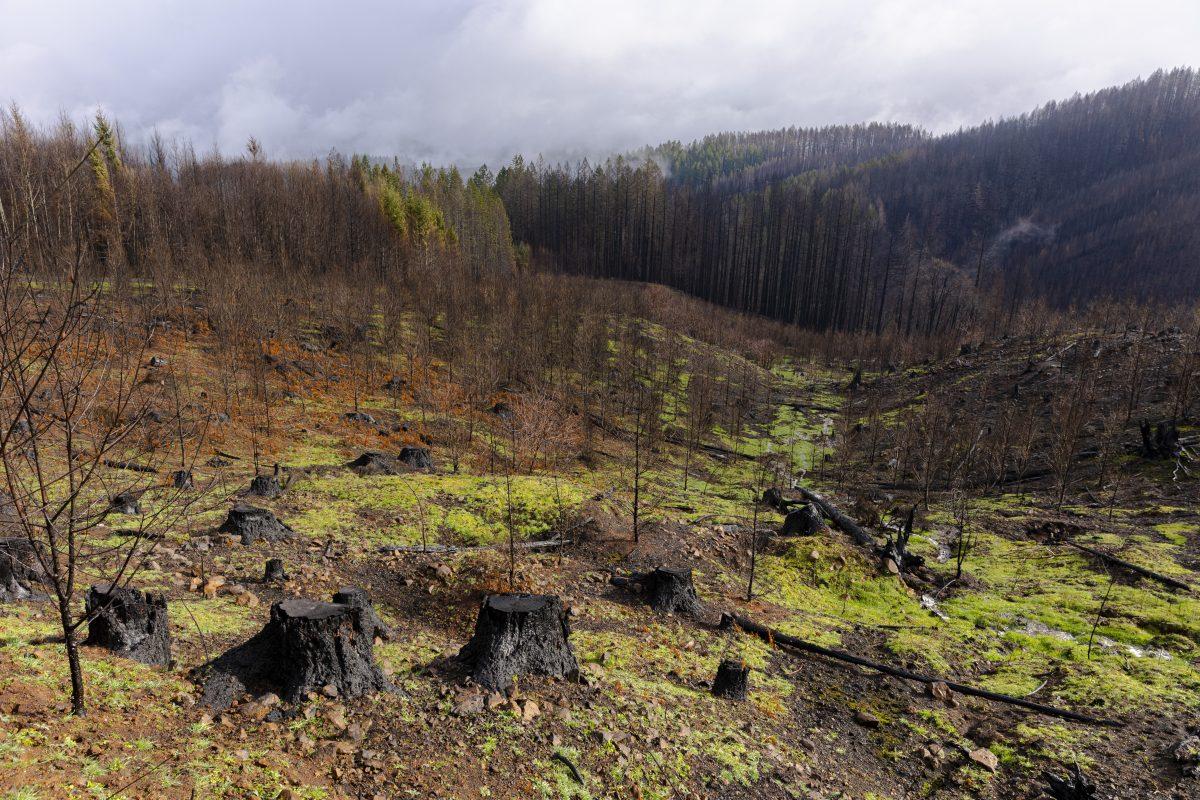
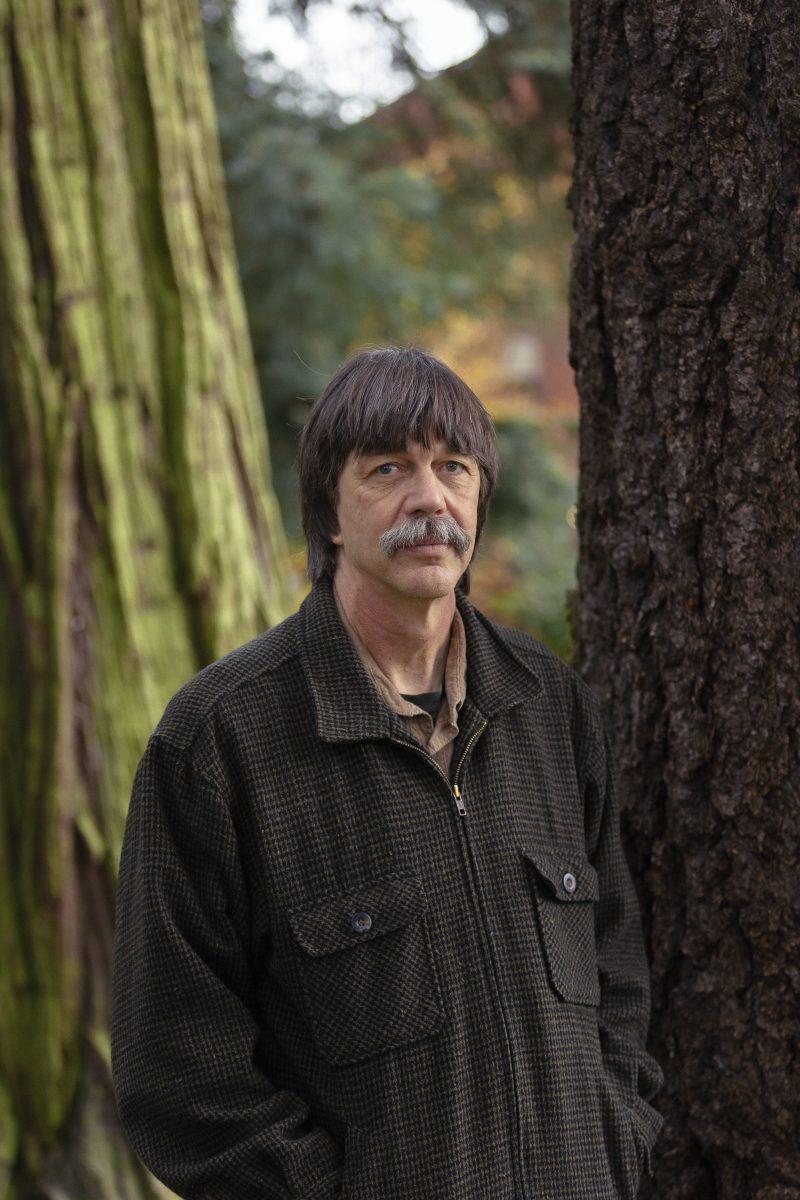


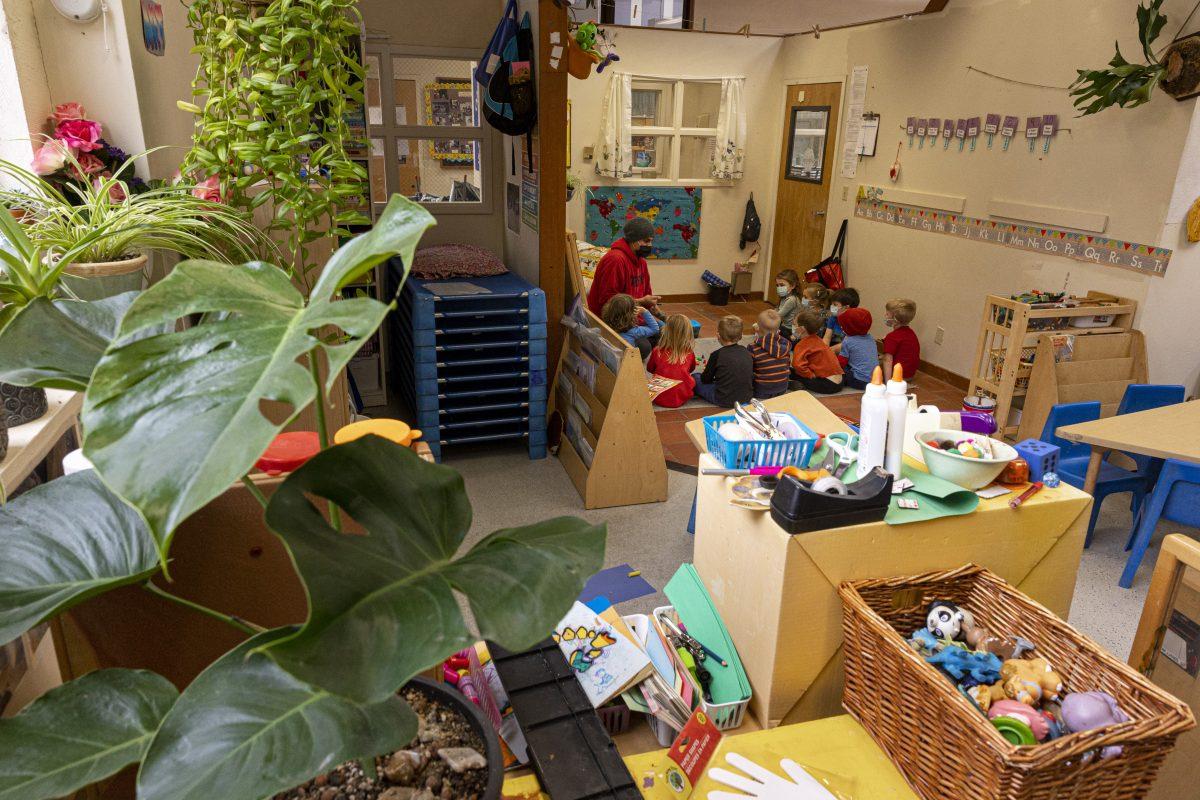
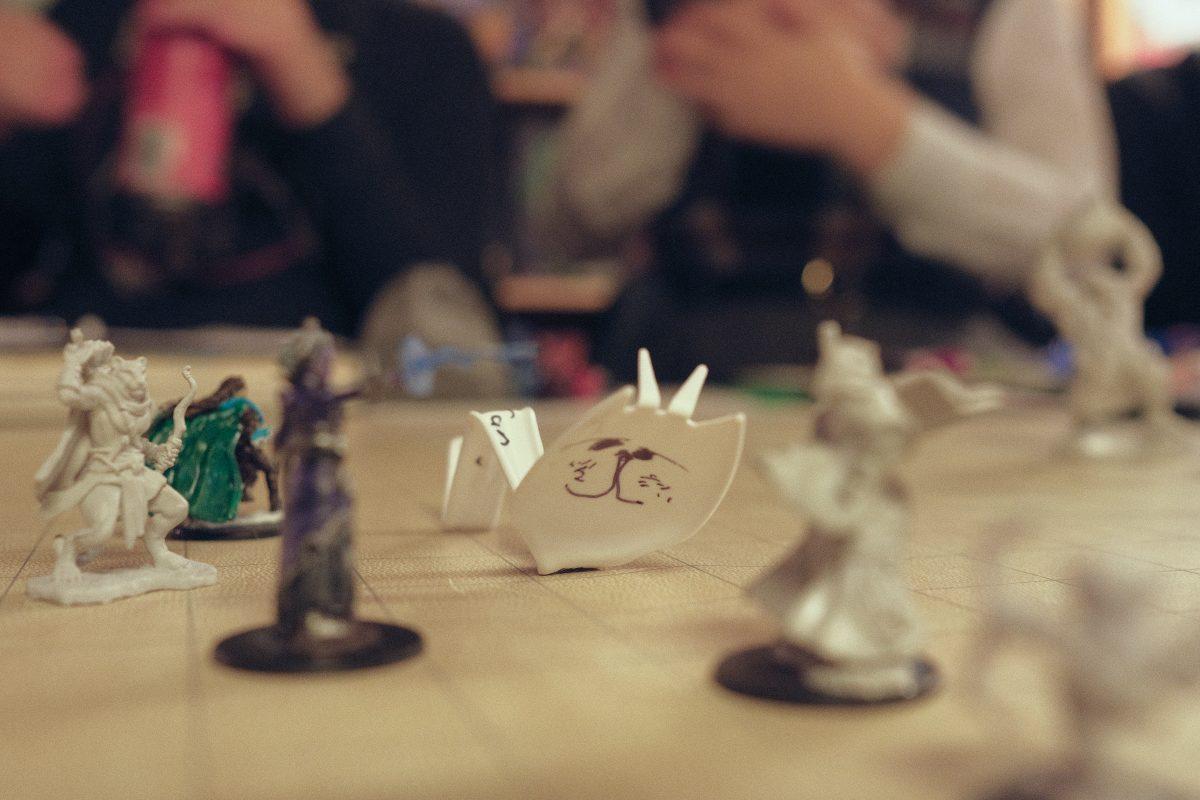
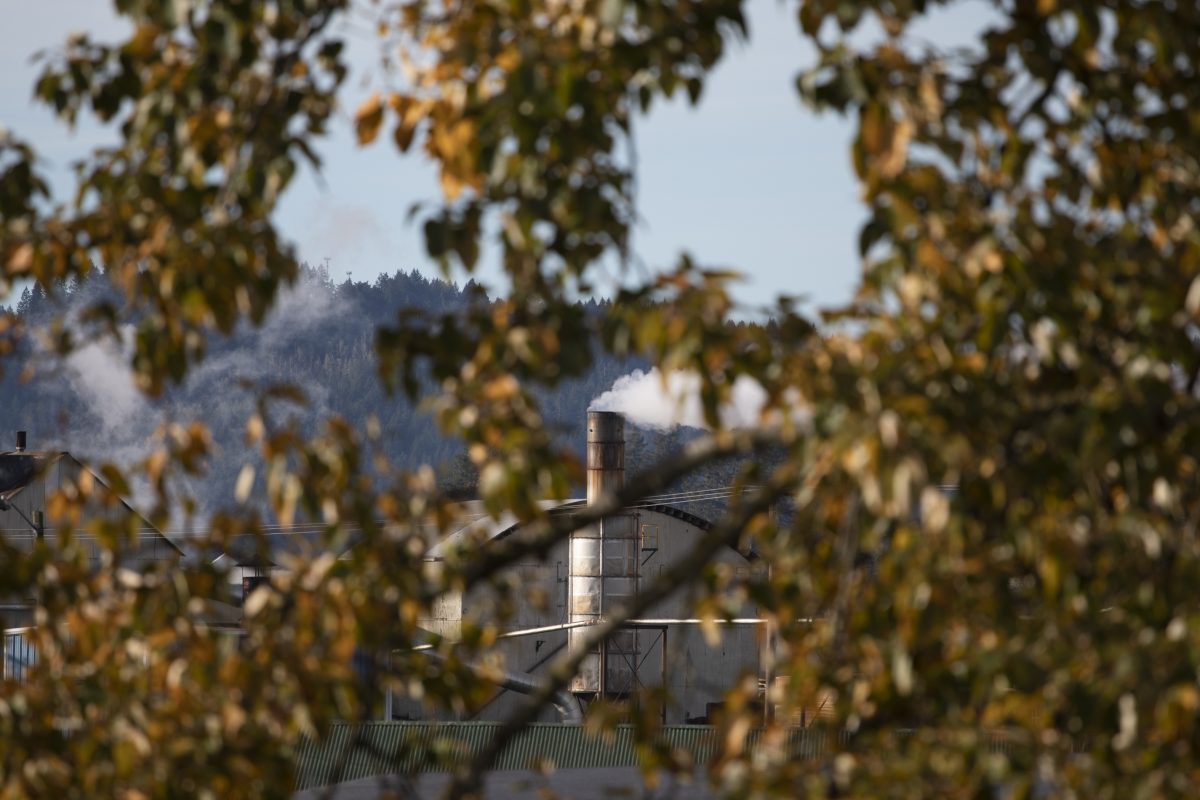



![[Photo Courtesy of the Lara Family]
Ruben embraces his beloved childhood goat, Katrina.](https://ethos.dailyemerald.com/wp-content/uploads/2025/05/katrina-1-1060x1200.jpg)





